Regions of Bolivia, a landlocked country in South America, is known for its diverse geography, indigenous cultures, and vibrant history. The country is divided into nine departments, each with its own unique characteristics and contributions to Bolivia’s cultural tapestry. In this comprehensive overview, we will delve into the provinces, their capitals, and the distinctive features that make Bolivia a fascinating and diverse nation.
1. Chuquisaca
Capital Sucre
Highlights
– Historic City of Sucre A UNESCO World Heritage site, Sucre is known for its well-preserved colonial architecture, including the Casa de la Libertad.
– Tarabuco A town famous for its indigenous markets and traditional weaving.
2. La Paz
Capital Nuestra Señora de La Paz
Highlights
– Witches’ Market (Mercado de las Brujas) Located in La Paz, this market offers a variety of traditional medicines, herbs, and mystical items.
– Tiwanaku An ancient archaeological site with pre-Columbian ruins, including the Akapana Pyramid.
3. Cochabamba
Capital Cochabamba
Highlights
– Cristo de la Concordia A giant statue of Christ overlooking the city from the San Pedro Hill.
– Tarata A colonial town with well-preserved architecture and the San José de la Angosta Church.
4. Oruro
Capital Oruro
Highlights
– Carnaval de Oruro One of the most famous and vibrant carnivals in South America, recognized by UNESCO.
– Salar de Uyuni Although primarily in the Potosí department, part of the world’s largest salt flat extends into Oruro, offering unique landscapes.
5. Pando
Capital Cobija
Highlights
– Reserva Nacional de Vida Silvestre Amazónica Manuripi A nature reserve in the Amazon rainforest, known for its biodiversity.
– Cobija The capital city with a relaxed atmosphere and access to nearby natural attractions.
6. Potosí
Capital Potosí
Highlights
– Cerro Rico A mountain known for its rich silver deposits, historically significant for the Spanish Empire.
– Historic City of Potosí A UNESCO World Heritage site, Potosí boasts colonial architecture and the Casa de la Moneda.
7. Santa Cruz
Capital Santa Cruz de la Sierra
Highlights
– Amboró National Park A biodiversity hotspot with diverse ecosystems, including cloud forests and unique wildlife.
– Plaza 24 de Septiembre The central square in Santa Cruz surrounded by colonial-style buildings and the Metropolitan Cathedral.
8. Beni
Capital Trinidad
Highlights
– Madidi National Park One of the most biodiverse areas in the world, known for its flora and fauna.
– Rurrenabaque A gateway to the Amazon rainforest and starting point for jungle adventures.
9. Tarija
Capital Tarija
Highlights
– Vineyards of Tarija Known for wine production, Tarija has picturesque vineyards where visitors can sample local wines.
– Plaza Luis de Fuentes The central square in Tarija with colonial architecture and a relaxed atmosphere.
Overview of Provinces and Capitals:
1. Chuquisaca
Chuquisaca, with Sucre as its capital, holds a special place in Bolivia’s history as the birthplace of the nation’s independence. Sucre, the constitutional capital, is a city of white-washed colonial buildings, charming plazas, and a rich cultural heritage. The Historic City of Sucre, a UNESCO World Heritage site, showcases the city’s significance in Bolivia’s struggle for independence. Tarabuco, another notable location in Chuquisaca, offers a glimpse into indigenous traditions through its vibrant markets and traditional weaving.
2. La Paz
La Paz, the seat of Bolivia’s government and the world’s highest capital city, is known for its breathtaking mountainous landscapes and vibrant culture. The Witches’ Market is a unique attraction where traditional medicine, herbs, and mystical items are sold. Tiwanaku, an ancient archaeological site near La Paz, provides insight into Bolivia’s pre-Columbian history. The city’s diverse neighborhoods, from the historic center to the bustling markets, reflect the country’s multicultural identity.
3. Cochabamba
Cochabamba, known as the “City of Eternal Spring,” is celebrated for its pleasant climate and vibrant culture. The Cristo de la Concordia, a towering statue of Christ, offers panoramic views of the city. Tarata, a colonial town in Cochabamba, preserves its architectural heritage with the San José de la Angosta Church and charming streets. Cochabamba is also famous for its traditional gastronomy, making it a culinary hub in Bolivia.
4. Oruro
Oruro, renowned for its extravagant Carnaval de Oruro, is a colorful celebration blending indigenous rituals and Catholic traditions. The Salar de Uyuni, the world’s largest salt flat, extends into Oruro, creating a surreal landscape of salt and sky. The city of Oruro itself has historical significance, with colonial churches and vibrant street life. The carnival, recognized by UNESCO, attracts visitors from around the world with its elaborate costumes and traditional dances.
5. Pando
Pando, located in the northern part of Bolivia, is characterized by its Amazon rainforest landscapes. The Reserva Nacional de Vida Silvestre Amazónica Manuripi showcases the region’s biodiversity, offering a glimpse into the rich flora and fauna of the Amazon. Cobija, the capital, is a gateway to Pando’s natural wonders, providing a serene atmosphere for those exploring the region.
6. Potosí
Potosí, once a thriving center of silver mining during the Spanish colonial era, is home to Cerro Rico, a mountain with a complex mining history. The city’s Historic Center, a UNESCO World Heritage site, features colonial architecture and the Casa de la Moneda, where silver was minted. Potosí’s legacy as one of the world’s highest cities and its contribution to Bolivia’s economic history make it a compelling destination for history enthusiasts.
7. Santa Cruz
Santa Cruz, the largest department in Bolivia, is known for its diverse landscapes, from the tropical lowlands to the foothills of the Andes. Amboró National Park, with its cloud forests and unique biodiversity, is a natural jewel. Santa Cruz de la Sierra, the department’s capital, is a bustling city with a mix of modernity and tradition. Plaza 24 de Septiembre, the central square, reflects the city’s vibrant atmosphere, surrounded by colonial-style buildings and the Metropolitan Cathedral.
8. Beni
Beni, situated in the northeastern part of Bolivia, is characterized by its vast plains and the Amazon rainforest. Madidi National Park, one of the world’s most biodiverse areas, is a haven for nature lovers. Trinidad, the capital, serves as a
gateway to the Amazon, with Rurrenabaque as a starting point for jungle adventures. The region’s natural beauty and wildlife diversity make it a destination for eco-tourism.
9. Tarija
Tarija, nestled in Bolivia’s southern valleys, is known for its wine production and picturesque vineyards. The vineyards of Tarija offer a unique wine-tasting experience against the backdrop of scenic landscapes. Tarija, the capital, features colonial architecture, and Plaza Luis de Fuentes is a central square with a relaxed ambiance. The region’s mild climate and wine culture contribute to its appeal as a charming destination in Bolivia.
Conclusion:
Bolivia’s provinces and capitals collectively form a nation with a rich cultural heritage, diverse landscapes, and a blend of indigenous and colonial influences. From the historic significance of Sucre to the bustling markets of La Paz, and from the silver mines of Potosí to the biodiversity of Beni’s rainforests, each region contributes to Bolivia’s unique identity.
As Bolivia continues to embrace its multiculturalism, preserve its natural wonders, and navigate its future, the provinces and their capitals play a vital role in shaping the country’s narrative. Whether exploring the ancient ruins of Tiwanaku, immersing oneself in the vibrant colors of Carnaval de Oruro, or experiencing the tranquility of Tarija’s vineyards, Bolivia invites travelers on a journey of discovery and appreciation for its cultural tapestry and stunning landscapes.


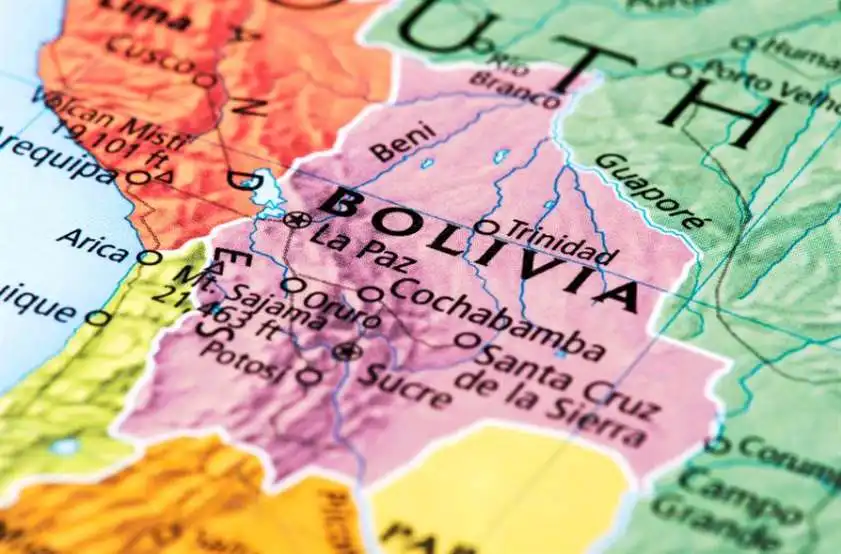
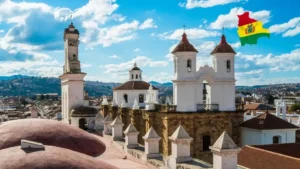
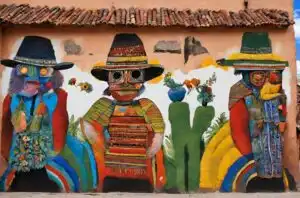
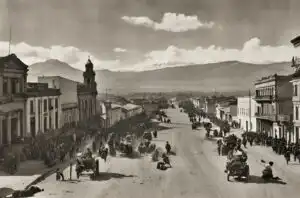

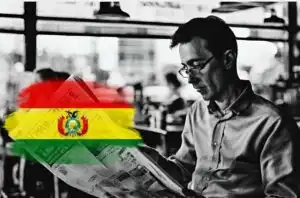

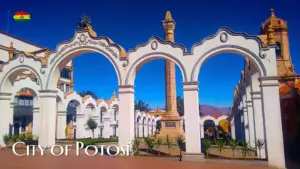
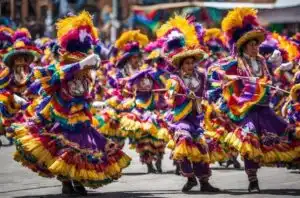

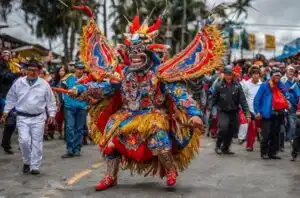
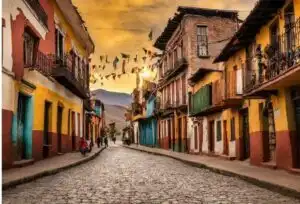

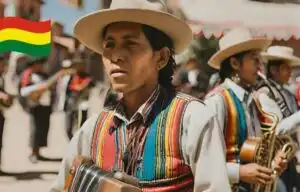
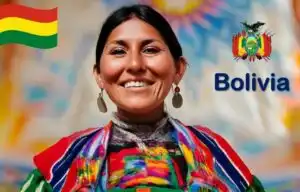





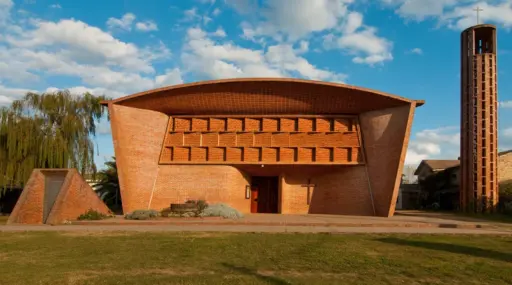

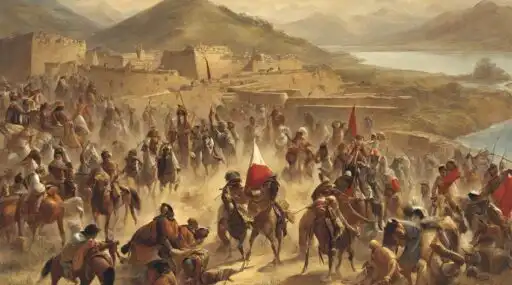












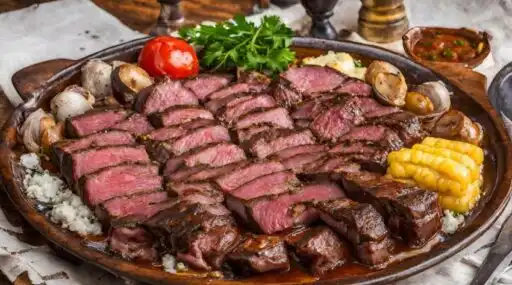

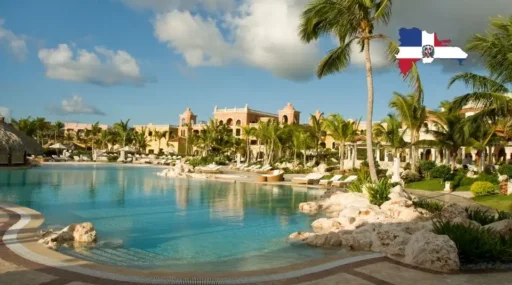
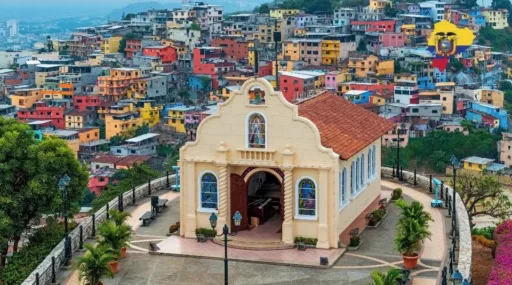
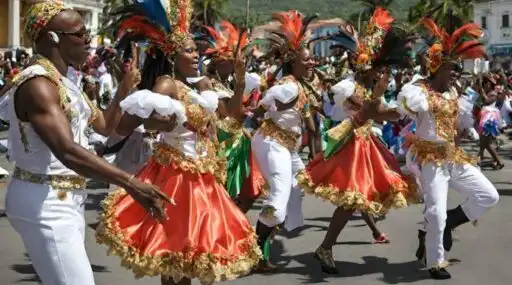





Leave a Reply